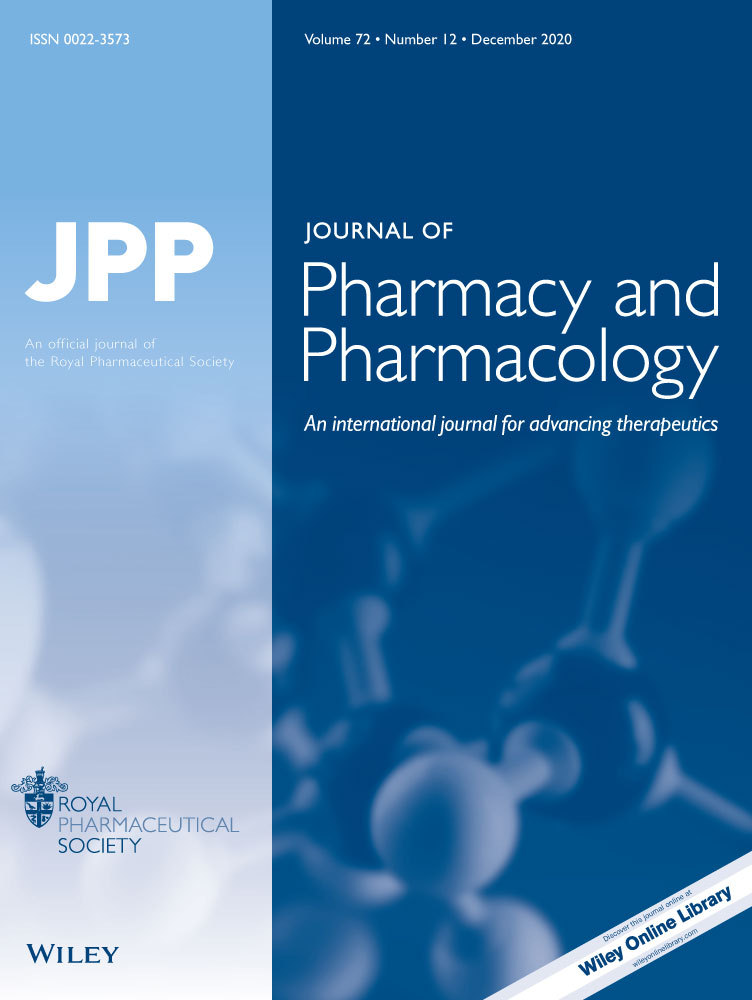Effects of Anaesthetic Agents on Pressor Response to β-Blockers in the Rat
Abstract
Abstract— It has been shown that paradoxical pressor response to a β-adrenoceptor antagonist occurs in conscious rats pretreated with an α-adrenoceptor antagonist. This study examines the influence of anaesthetic agents on mean arterial pressure (MAP) response to a η-blocker. Cumulative dose-response curves of propranolol (non-selective), ICI 118,551 (β2-selective) and atenolol (β1-selective) were constructed in phentolamine-treated rats anaesthetized with urethane, pentobarbitone or halothane. I.v. injections of all three β-blockers caused dose-dependent increases in MAP in urethane-anaesthetized rats. In halothane-anaesthetized rats, propranolol and atenolol did not alter MAP while ICI 118,551 caused a small dose-dependent increase in MAP. In the presence of pentobarbitone, none of the β-blockers raised MAP. In the second series of experiments, a single i.v. bolus dose of propranolol was given in phentolamine-treated rats anaesthetized with pentobarbitone, amobarbitone, ketamine or chloralose. Propranolol did not affect MAP in rats anaesthetized with pentobarbitone, amobarbitone and chloralose but it partially reversed the hypotensive effect of phentolamine in ketamine-anaesthetized rats. In the third series, propranolol or atenolol was i.v. injected in pentobarbitone-anaesthetized rats treated with both phentolamine and adrenaline. Both propranolol and atenolol raised MAP. Our results show that anaesthetic agents differentially affect the MAP response to a β-blocker.




